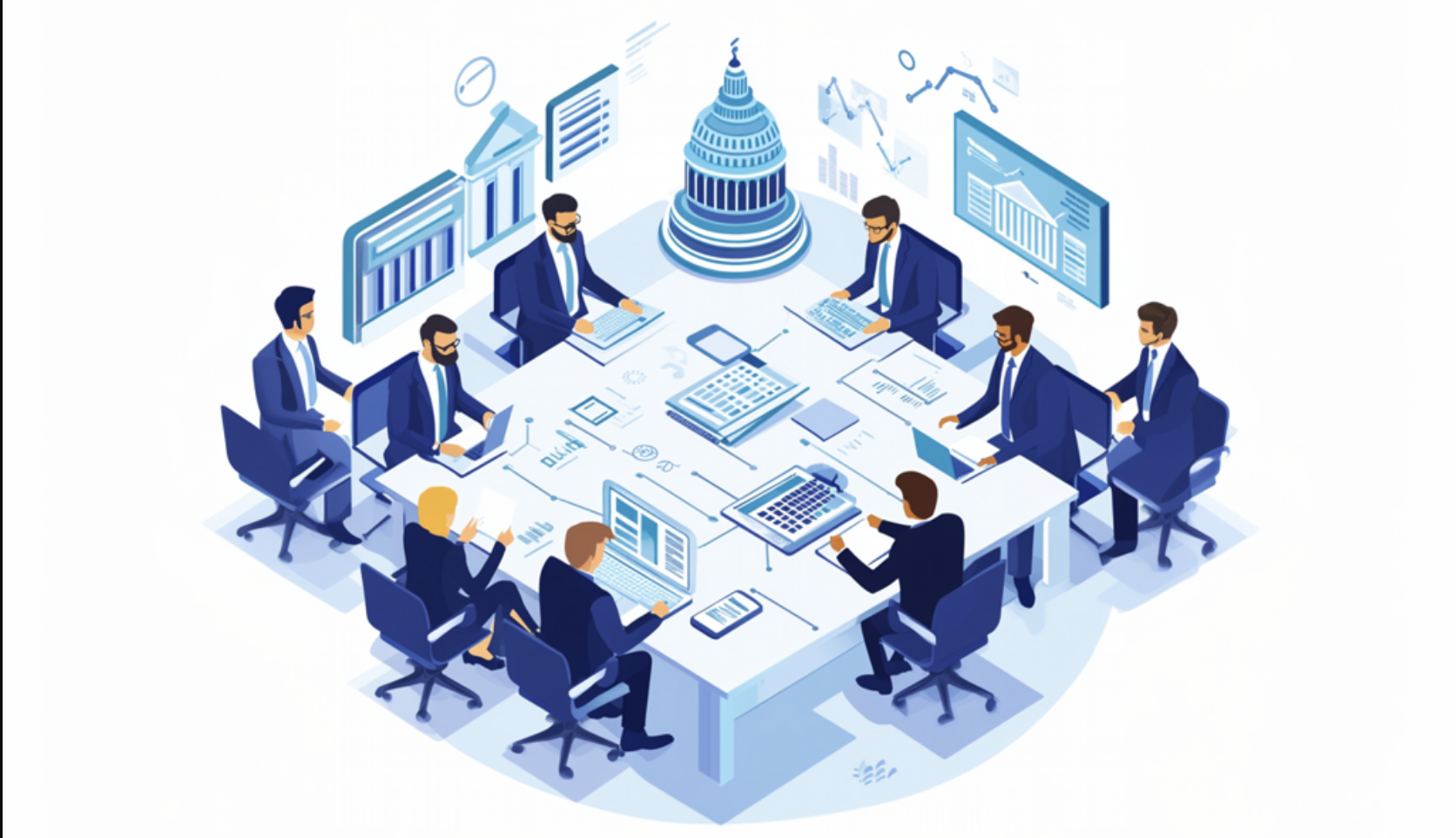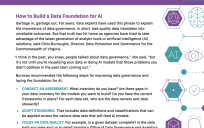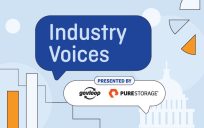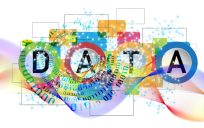Innovation in the federal government isn’t just a trend — it’s becoming a fundamental part of how agencies operate. As technology continues to advance, federal agencies are finding new ways to be more effective, efficient, and responsive. But what’s really driving this next wave of innovation in government? Let’s take a closer look at the key factors shaping the future of federal innovation.
1. Emerging Technologies
It’s impossible to talk about innovation without mentioning emerging technologies like artificial intelligence and machine learning. These tools are not only reshaping day-to-day operations but are also enabling agencies to tackle challenges that were previously insurmountable. As federal agencies integrate these technologies, they’re unlocking new levels of efficiency and effectiveness that were once out of reach.

For example, the Department of Veterans Affairs (VA) is utilizing AI to enhance its healthcare services. By implementing AI-driven systems, the VA can predict patient needs, optimize resource allocation, and even assist in diagnosing medical conditions. This proactive approach not only streamlines operations but also significantly improves the quality of care provided to veterans, showcasing the powerful potential of AI in federal innovation.
2. Citizen Expectations
Citizens today expect the same level of service from the government that they get from the private sector. This growing demand is pushing federal agencies to innovate at an unprecedented pace to deliver more user-friendly and accessible services. To meet these expectations, agencies are increasingly adopting private sector best practices, transforming the way they engage with the public.
The U.S. Census Bureau, for example, introduced an online response option for the 2020 Census, which marked a significant departure from traditional paper forms. This innovation not only made the process more user-friendly but also allowed for more accurate and efficient data collection. Similarly, the IRS has been working on enhancing its digital services, including mobile-friendly platforms that allow taxpayers to check their refund status, pay taxes, and access personalized information.
3. Cross-Agency Collaboration
Gone are the days when agencies worked in silos. Now, there’s a strong push for cross-agency collaboration, which is helping to fuel innovation across the board. This shift towards a more integrated government approach is breaking down barriers, fostering innovation that benefits multiple sectors simultaneously. Through these collaborations, agencies are pooling their expertise and resources to solve complex problems more effectively.
An example of this is The Federal Data Strategy, which encourages agencies to share data across departments to improve decision-making and policy development. This strategy not only facilitates more informed decisions but also fosters a culture of data-driven innovation across the federal landscape. By pooling resources and expertise, these agencies are accelerating advancements in clean energy technologies that could have broad implications for environmental policy and energy independence.
4. Policy and Regulation Changes
Changes in policy and regulation are also paving the way for innovation. New regulations are not just easing the path for technology adoption but are also encouraging a more experimental mindset across federal agencies. This policy evolution is giving agencies the flexibility to explore cutting-edge solutions while minimizing risk.
The General Services Administration’s (GSA) Emerging Technology programs, such as the AI Center of Excellence, are designed to help federal agencies pilot new technologies. These programs offer a structured environment for experimentation, allowing agencies to test AI tools before full-scale implementation. This regulatory support is crucial for fostering a culture of innovation within the federal government.
5. Workforce Evolution
The federal workforce is changing, too. With a new generation of tech-savvy employees entering the public sector, there’s a fresh wave of ideas and approaches to problem-solving. This influx of talent is not only bringing in new perspectives but is also accelerating the government’s digital transformation efforts. As these employees champion innovative practices, they are helping to build a more agile and forward-thinking federal workforce.
Initiatives like the U.S. Digital Service and 18F are bringing in top tech talent to work on critical projects, from improving the immigration system to enhancing veterans’ access to benefits. These teams are not only comfortable with technology but are also eager to leverage it to drive innovation within their agencies. Their influence is helping to modernize the federal workforce and push agencies towards more agile and user-centered approaches.
6. Data-Driven Decision Making
Data is the backbone of modern innovation. Federal agencies are increasingly relying on data analytics to inform their decisions and strategies. This data-centric approach allows agencies to make more informed decisions, predict trends, and allocate resources more effectively. By harnessing the power of big data, agencies are driving more precise and impactful outcomes.
For example, the Centers for Disease Control and Prevention (CDC) utilizes big data to track and respond to public health crises, such as the COVID-19 pandemic. By analyzing real-time data, the CDC can identify outbreak patterns and deploy resources more effectively. Similarly, the Department of Transportation uses data analytics to improve traffic management and reduce congestion, making roads safer and more efficient.
7. Crisis Response
Crisis often breeds innovation, and recent global events have been no exception. The urgency and scale of these challenges have forced agencies to think outside the box, leading to breakthroughs that may not have been possible under normal circumstances. In the face of crises, agencies have rapidly deployed new technologies and strategies, setting a new precedent for responsiveness and adaptability in government.
During the COVID-19 pandemic, the Small Business Administration (SBA) quickly rolled out new loan programs, using digital platforms to handle millions of applications and distribute funds efficiently. This rapid shift highlighted how essential digital tools are in managing crises, helping to get much-needed support to those who needed it most. These innovations didn’t just solve immediate problems—they’ve also raised the bar for how government operations will function in the future.
Conclusion
As federal agencies continue to embrace these changes, they’re not just keeping pace with the times — they’re setting new benchmarks for excellence and efficiency in government. For those in the federal sector, this is an exciting era of transformation, offering opportunities to lead with innovation and drive meaningful progress. Embracing these trends can position agencies not just as responders to change, but as pioneers shaping the future of public service.
Tim is a seasoned executive with over 10 years of experience leading IdeaScale’s Public Sector and Defense business. He’s a trusted resource with deep knowledge of government and defense community innovation challenges, particularly in the area of nuclear nonproliferation. Tim spearheads global expansion efforts in LATAM, Brazil, MENA, and Sub-Saharan Africa, fostering a culture of innovation across the public sector. Fluent in Chinese and an avid traveler, Tim brings a global perspective to complex challenges. His expertise lies in guiding government agencies to leverage technology to solve critical missions.





Leave a Reply
You must be logged in to post a comment.